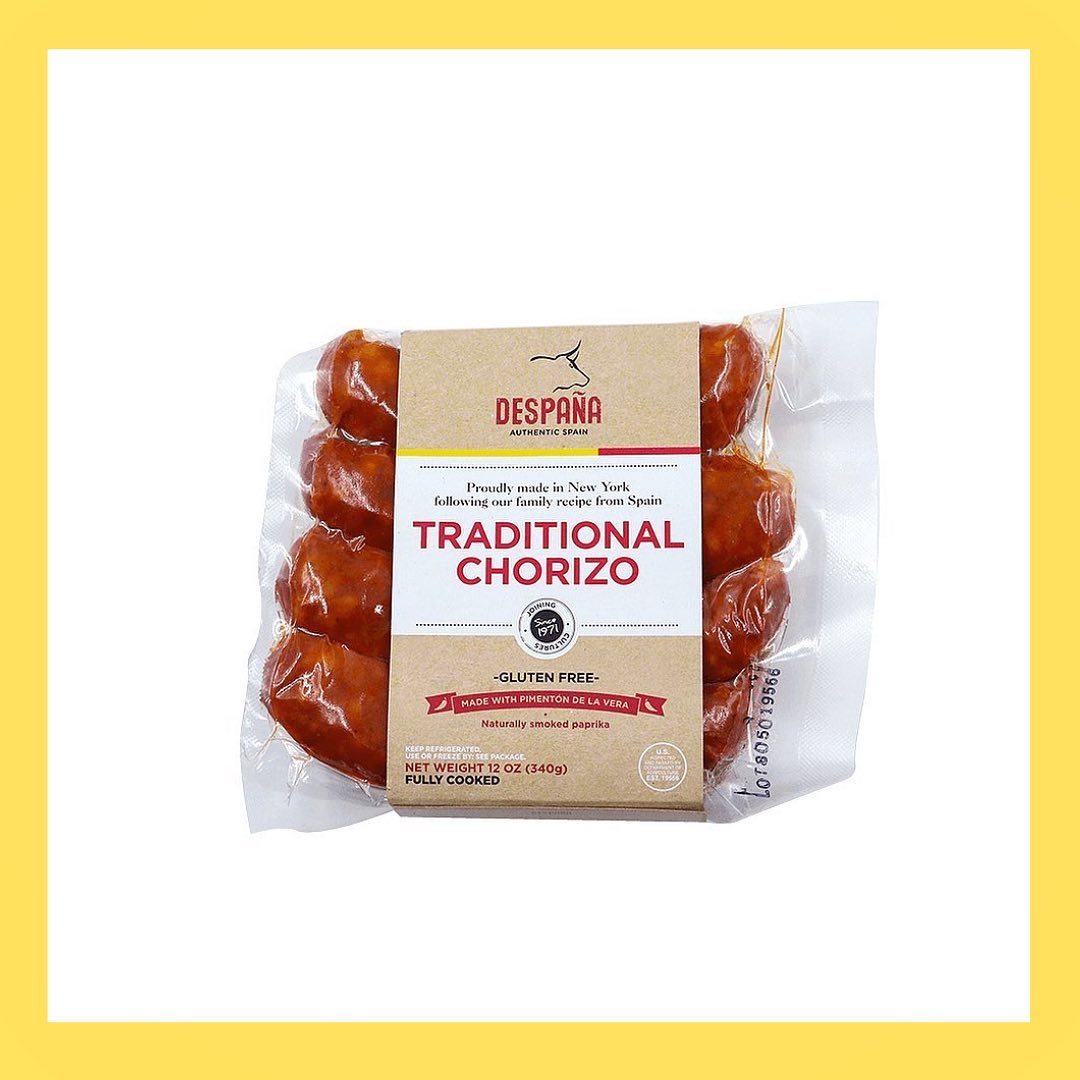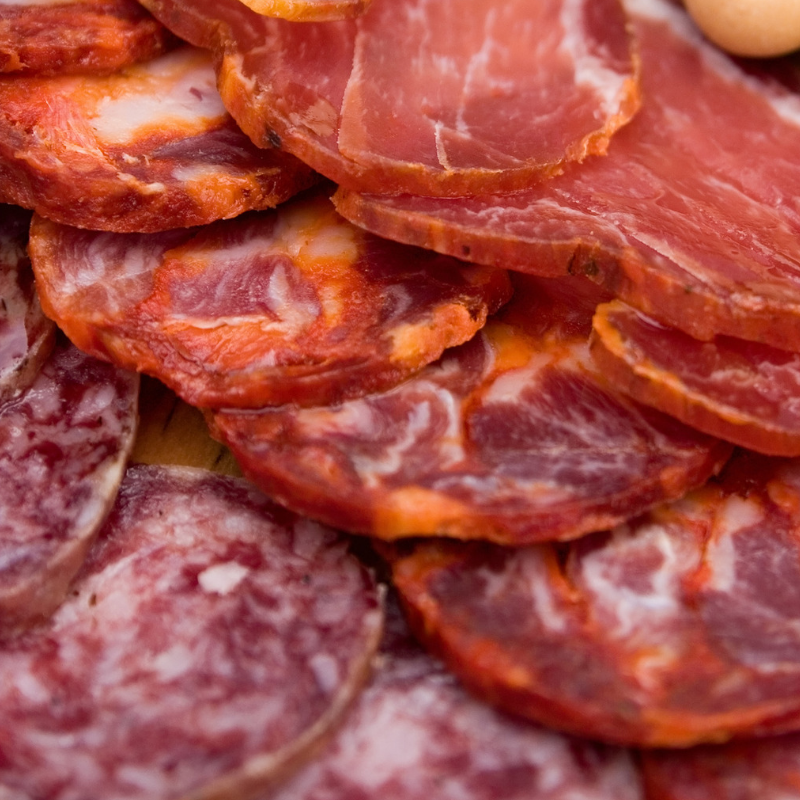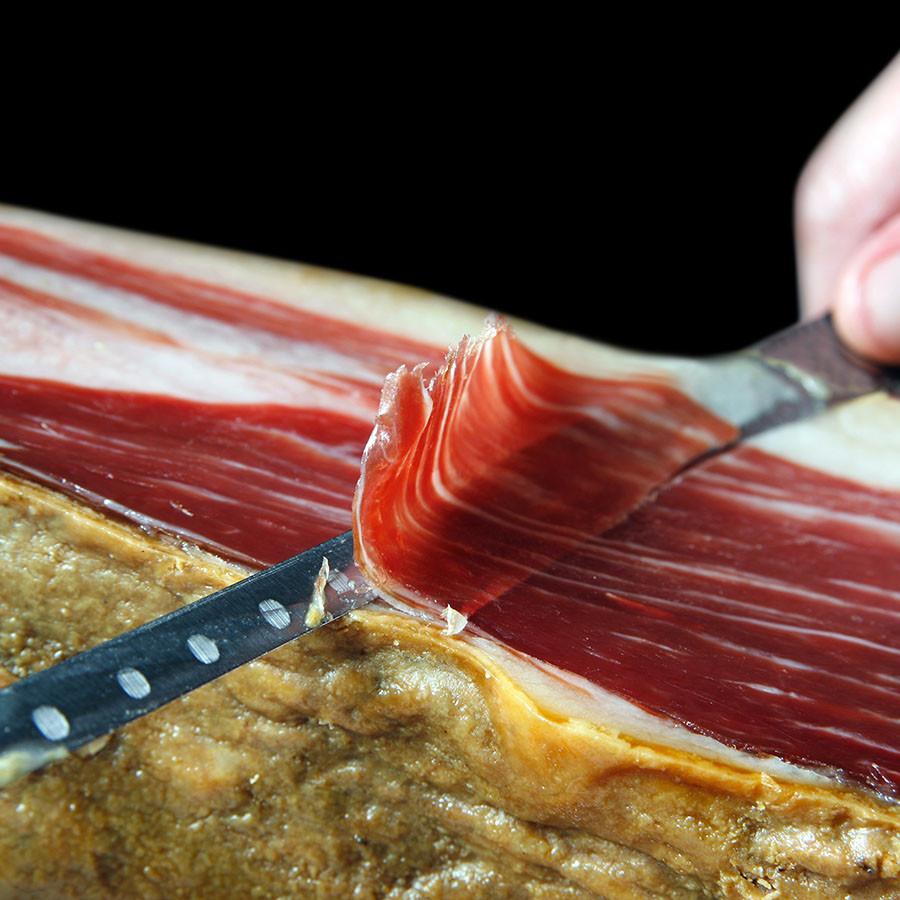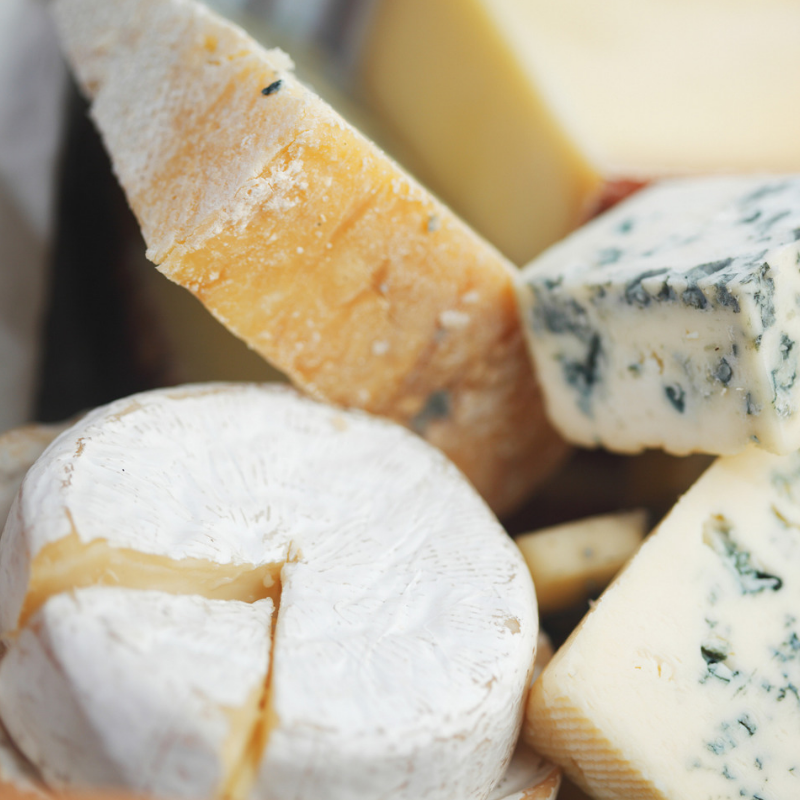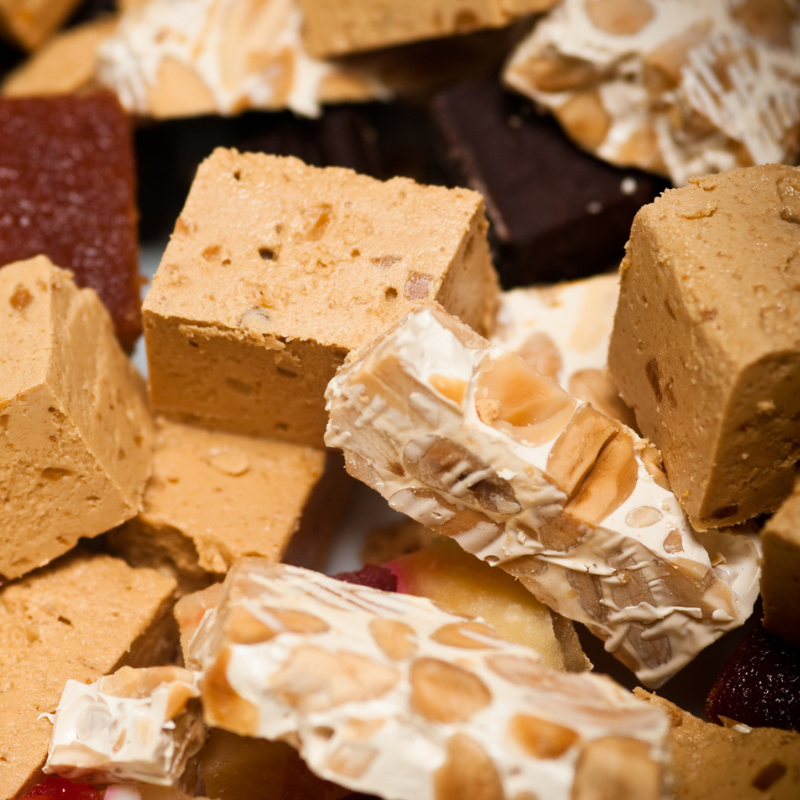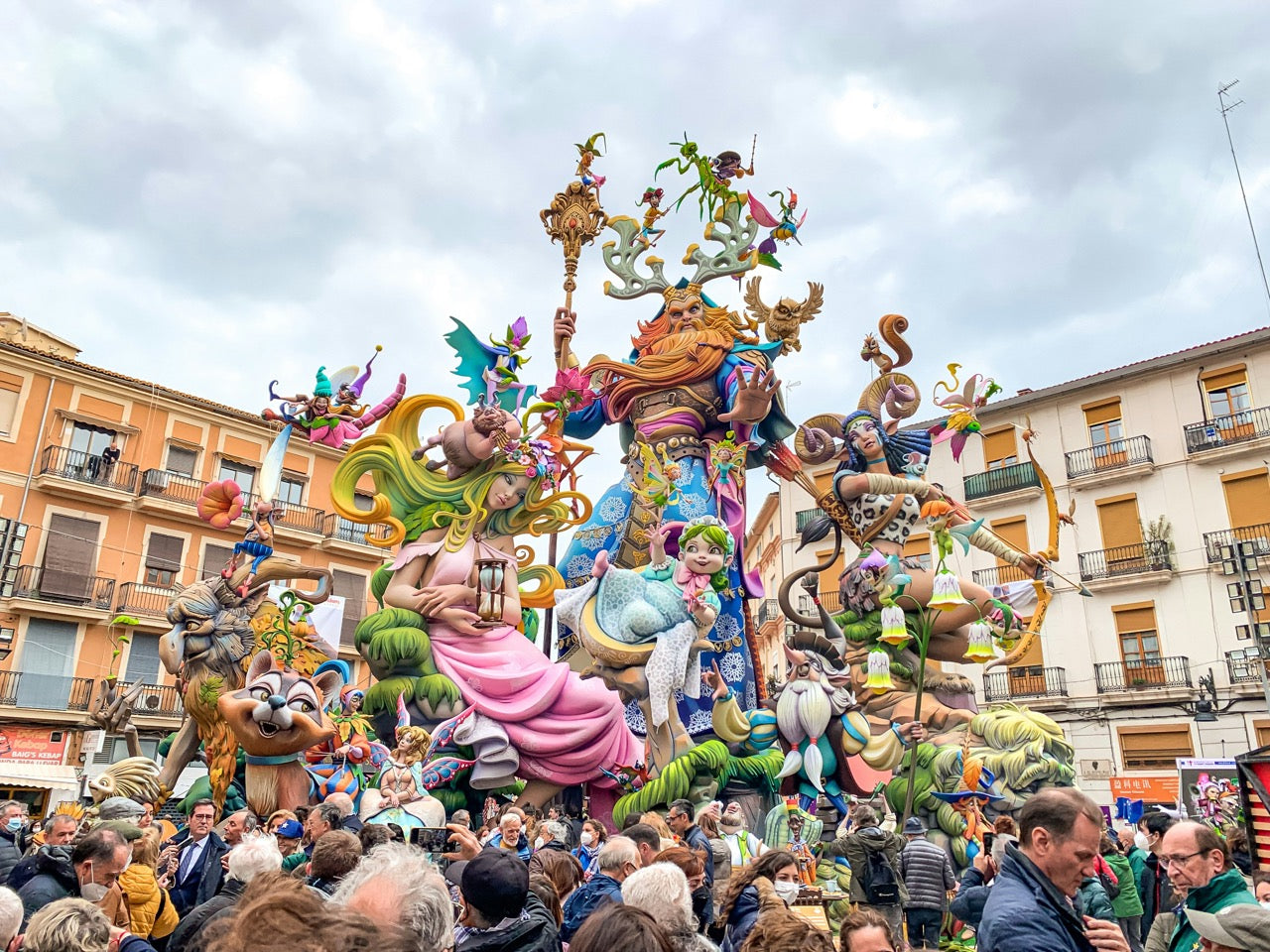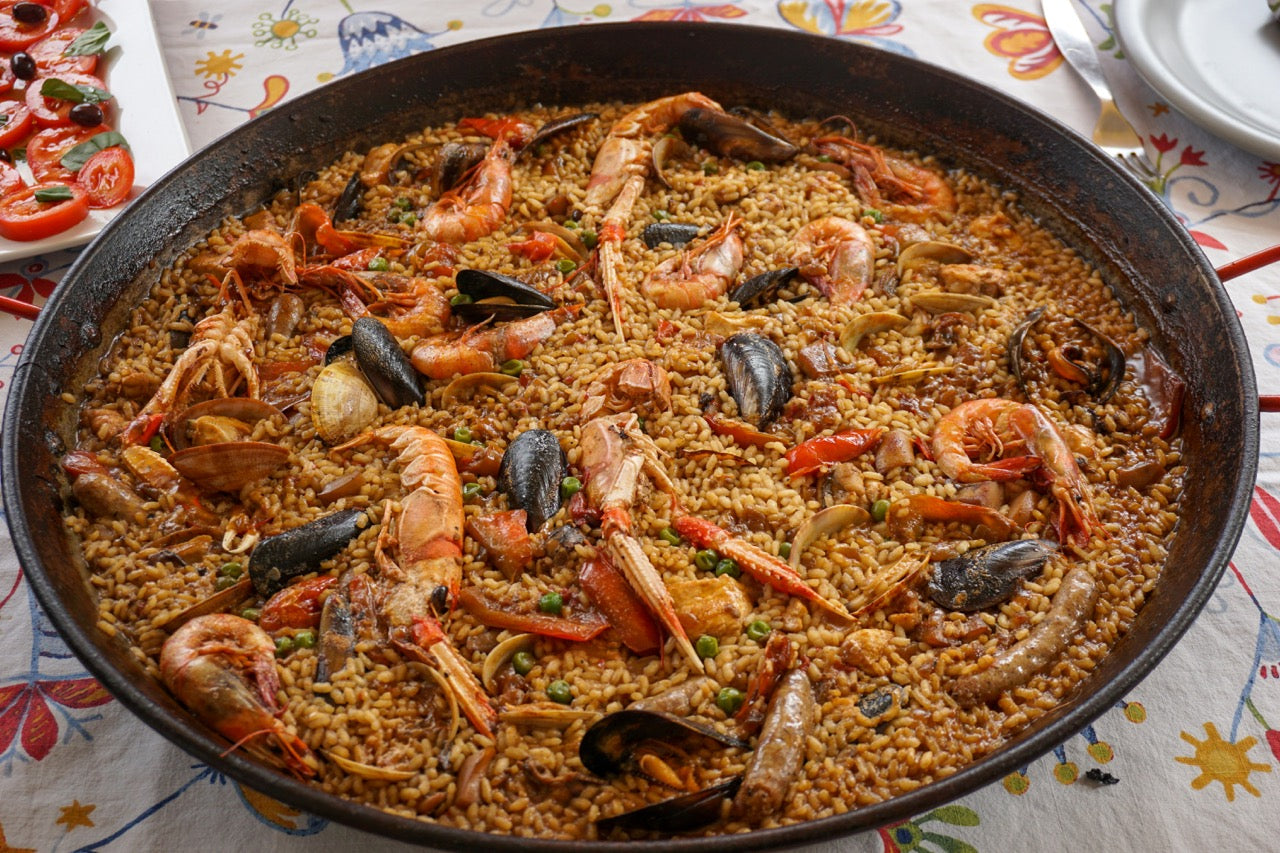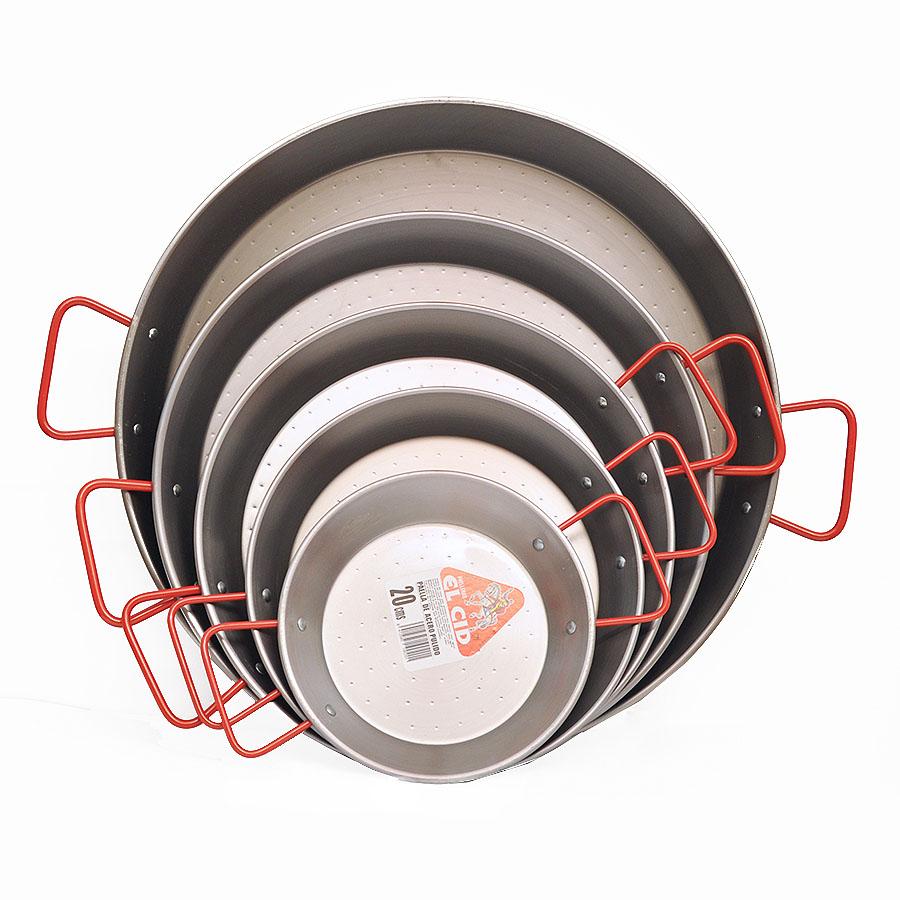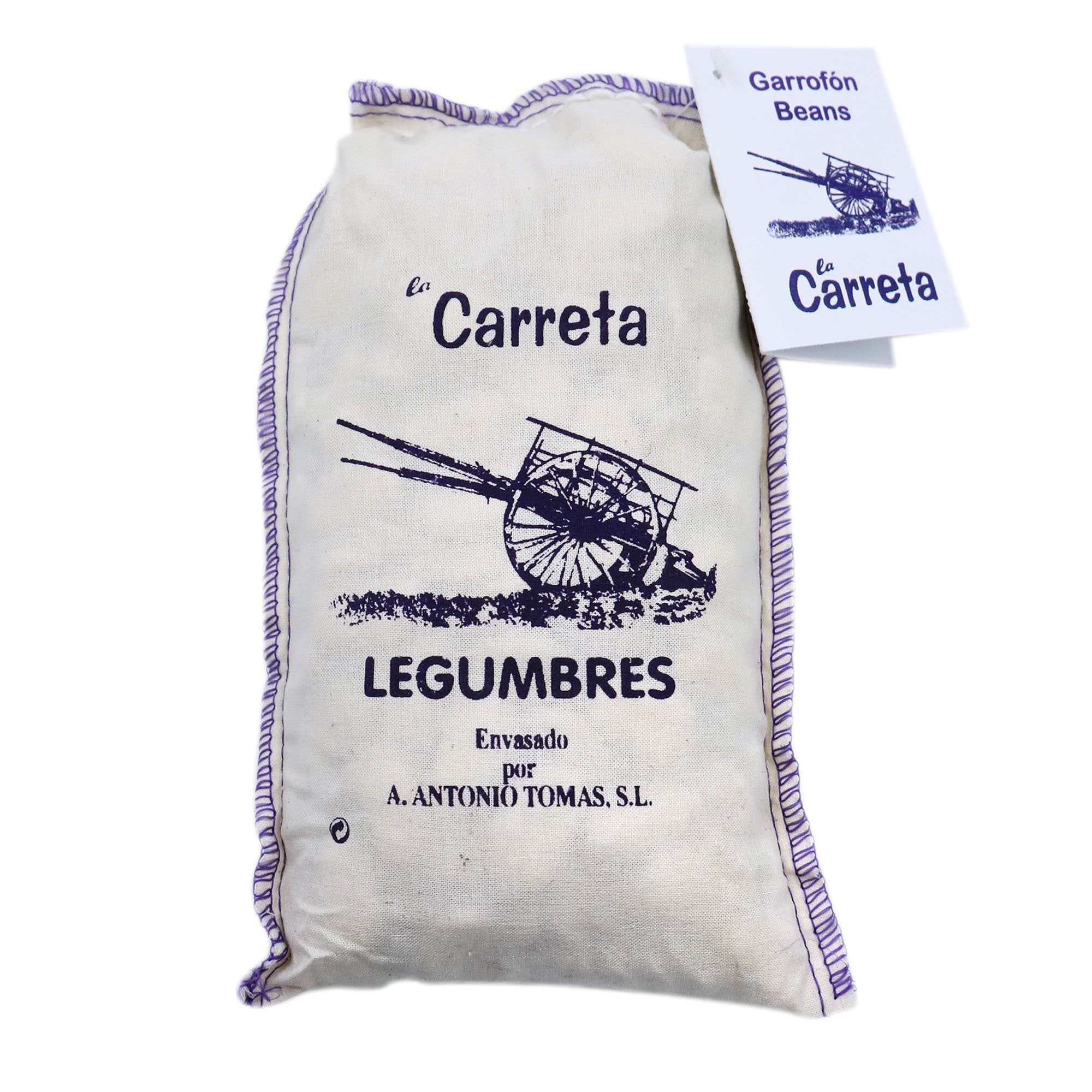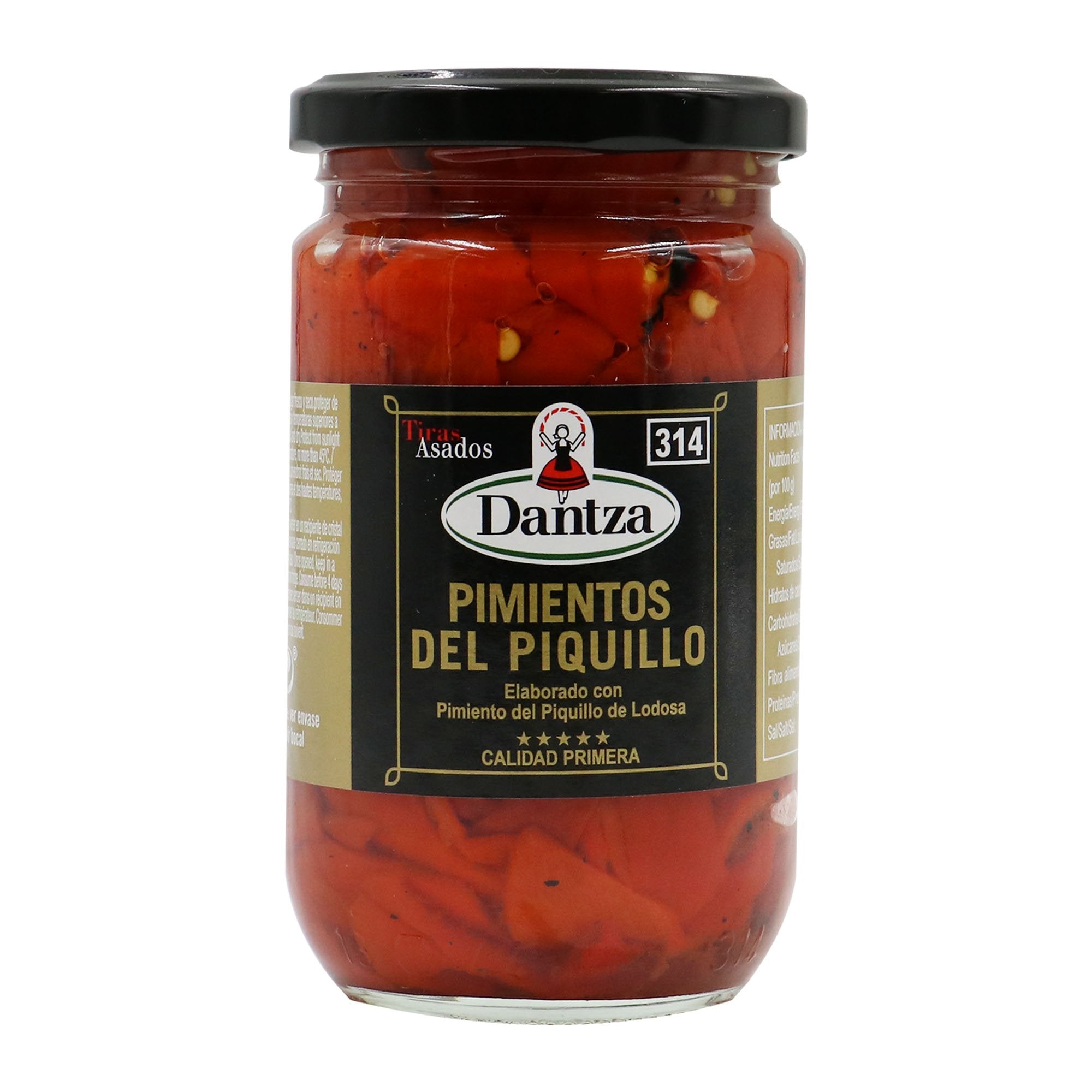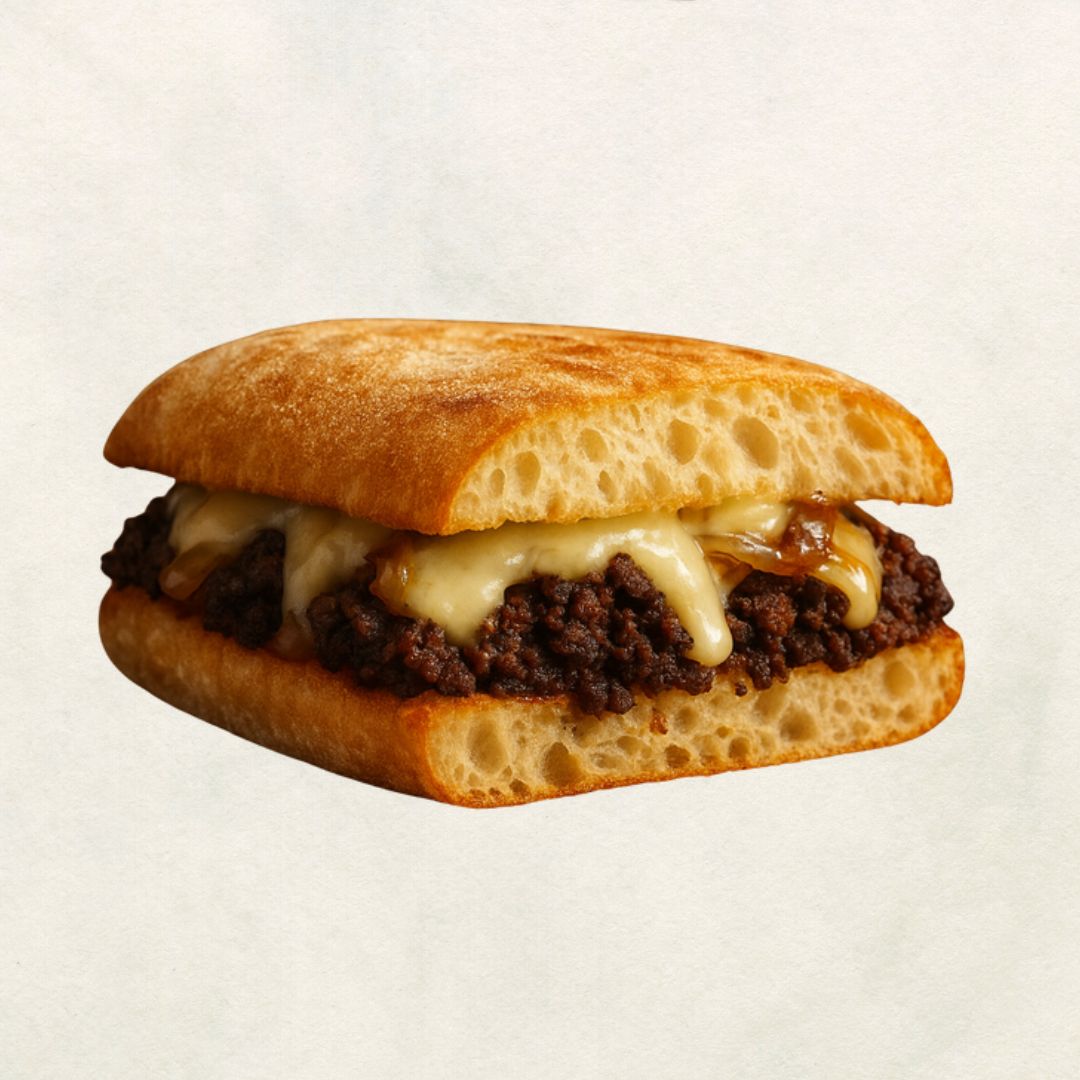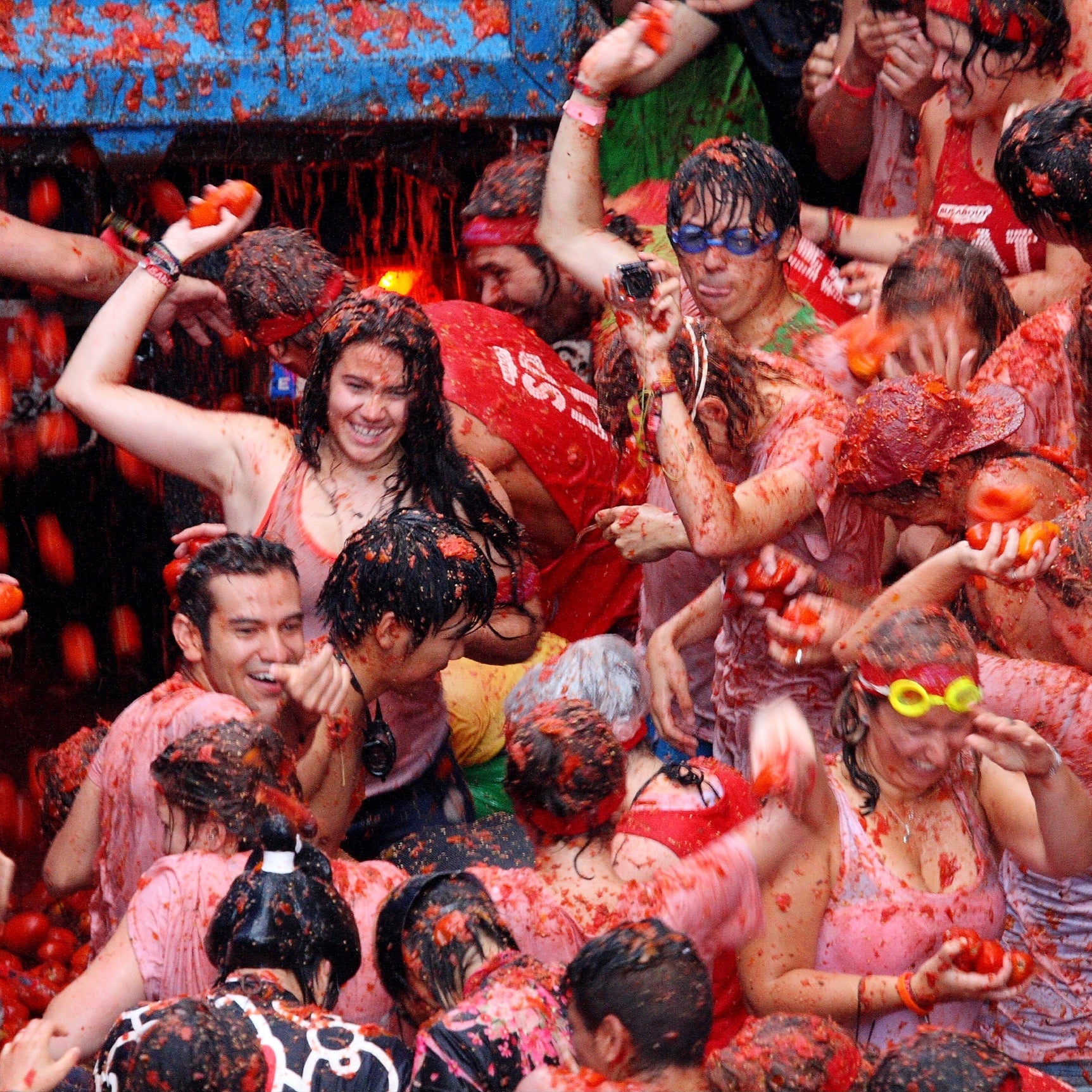On the beautiful Spanish Mediterranean coast, Valencia, Spain celebrates the arrival of spring. Forget la siesta, Las Fallas has just started and the city, with its vibrant energy, is wide awake! This, my friends, is a celebration unlike any other not only in Spain, but in the whole world. A festival packed with rich traditions, crafts and food, here's everything you need to know about this timeless cultural showcase.
Imagine turning the corner and coming face-to-face with a three-story-tall dragon, crafted entirely of wood and papier-mâché, its scales shimmering with a mischievous glint. Or a politician with impressively oversized facial features, forever frozen in a comical pose. These are the Fallas monuments, the heart and soul of the fiesta. But Las Fallas is so much more than just elaborate puppets. It's a celebration of art, satire, and yes, even food!
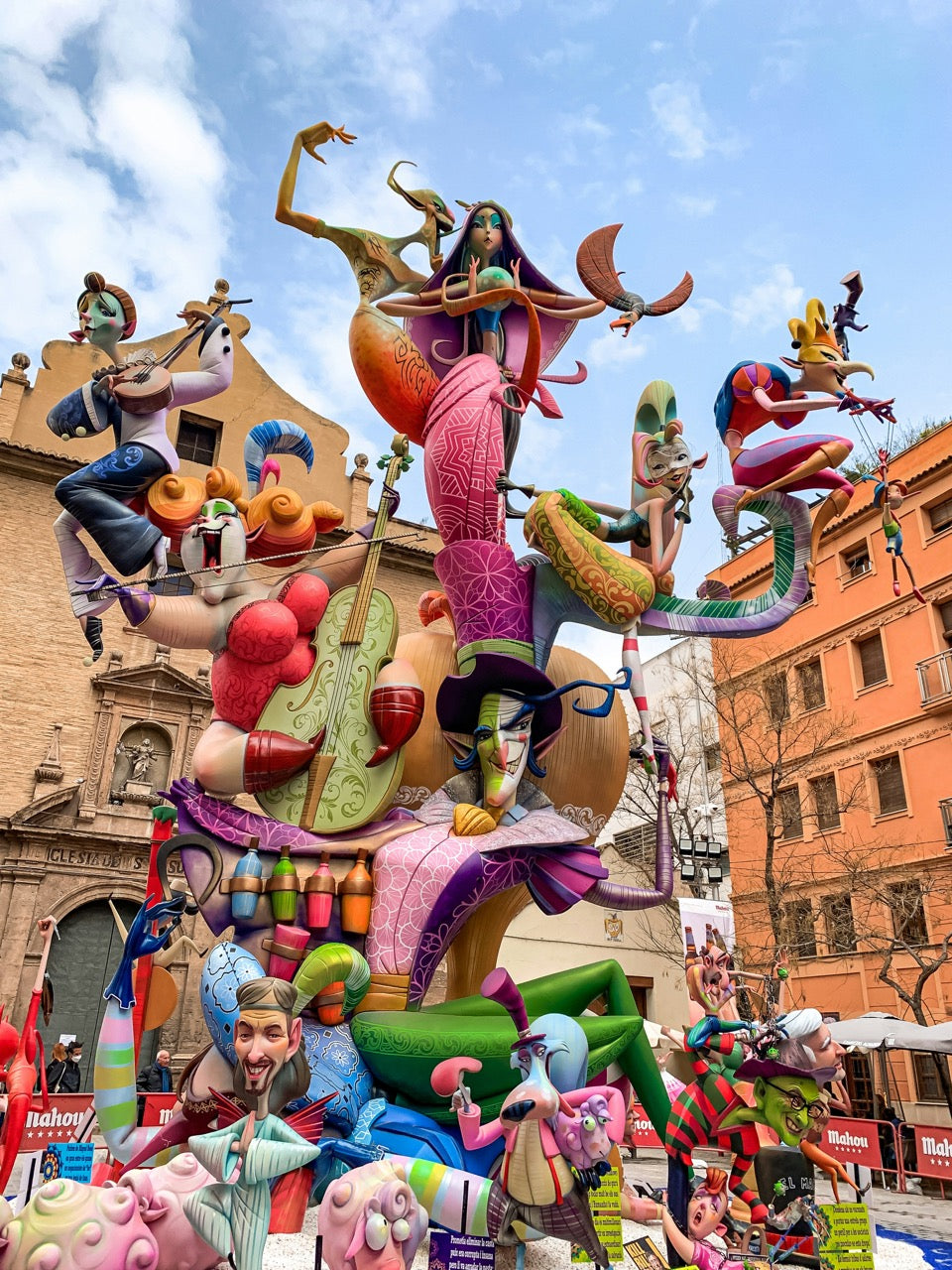
WHAT IS THE HISTORY OF LAS FALLAS?
Las Fallas whispers tales of Valencia's rich history. It began as a humble tradition – carpenters burning the wooden scraps that held their lamps during the long winter nights. Over time, these bonfires evolved into playful figures, poking fun at life and society. Today, they're intricate works of art, a year in the making by passionate falleros.
But Las Fallas isn't just about the spectacle. It's about the people, the falleros who dedicate themselves to the creation of these magnificent monuments, the families who gather around steaming pots of paella (Valencia's most famous dish, of course!), like aromas that mingle with the scent of gunpowder in the air. It's about the deafening "mascletàs," a thunderous symphony of firecrackers that erupts every day during the festival, shaking the very foundations of the city with its rhythmic chaos.
WHAT DO PEOPLE EAT DURING LAS FALLAS?
Paella is one of the icons of Spanish gastronomy, and it originated in the heart of Valencia. As one of the largest ports on the Mediterranean, Valencia has been one of the most important areas in Spain producing rice since it was introduced to the country centuries ago. The paella was born as a dish of means. Sourcing ingredients that were easily accessed - rabbit, chicken, beans, round grain rice– and cooking them together into a singular pan. Over time the dish has been adapted, but it has always stayed at the heart of Spanish gastronomy. During Las Fallas in Valencia, the dish is celebrated and a focal point of the culinary experience. Cooked on the corners of streets and in bars and restaurants, you’ll find most Valencianos enjoying this storied dish alongside their Fallas experience.
WHAT IS THE CREMÀ IN LAS FALLAS?
Then comes the bittersweet "cremà." On March 19th, the monuments are set ablaze, a fiery farewell to these artistic giants. But fear not, the party continues! All night, the city dances and eats and drinks the finest Spanish wines while celebrating life itself, just like the Valencians always do.
Here at Despaña, we celebrate Las Fallas as a beautiful moment that captures the essence of Spain; its vibrancy, its passion, its deep-rooted cultural traditions. These are all things we strive to bring to your table through the gourmet foods that we import straight from our homeland. As you savor the smoky notes of cured chorizo, the seafood riches from a paella senyoret (seafood paella) or the mouthwatering texture of sliced jamón, transport yourself to the streets of Valencia to the fire and laughter of Las Fallas. It’s a taste of Spain, a taste of life, a taste of something truly authentic and special.

